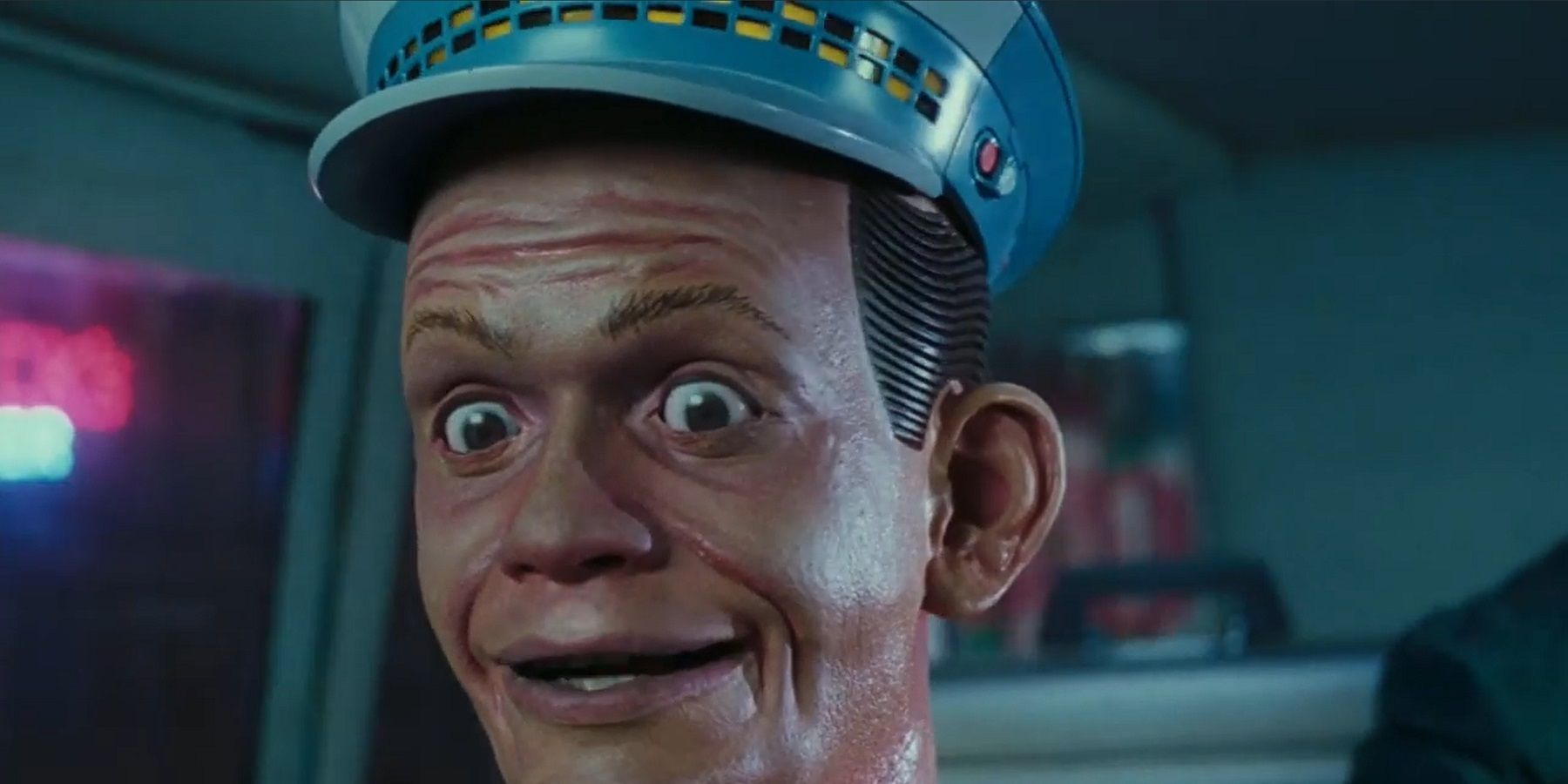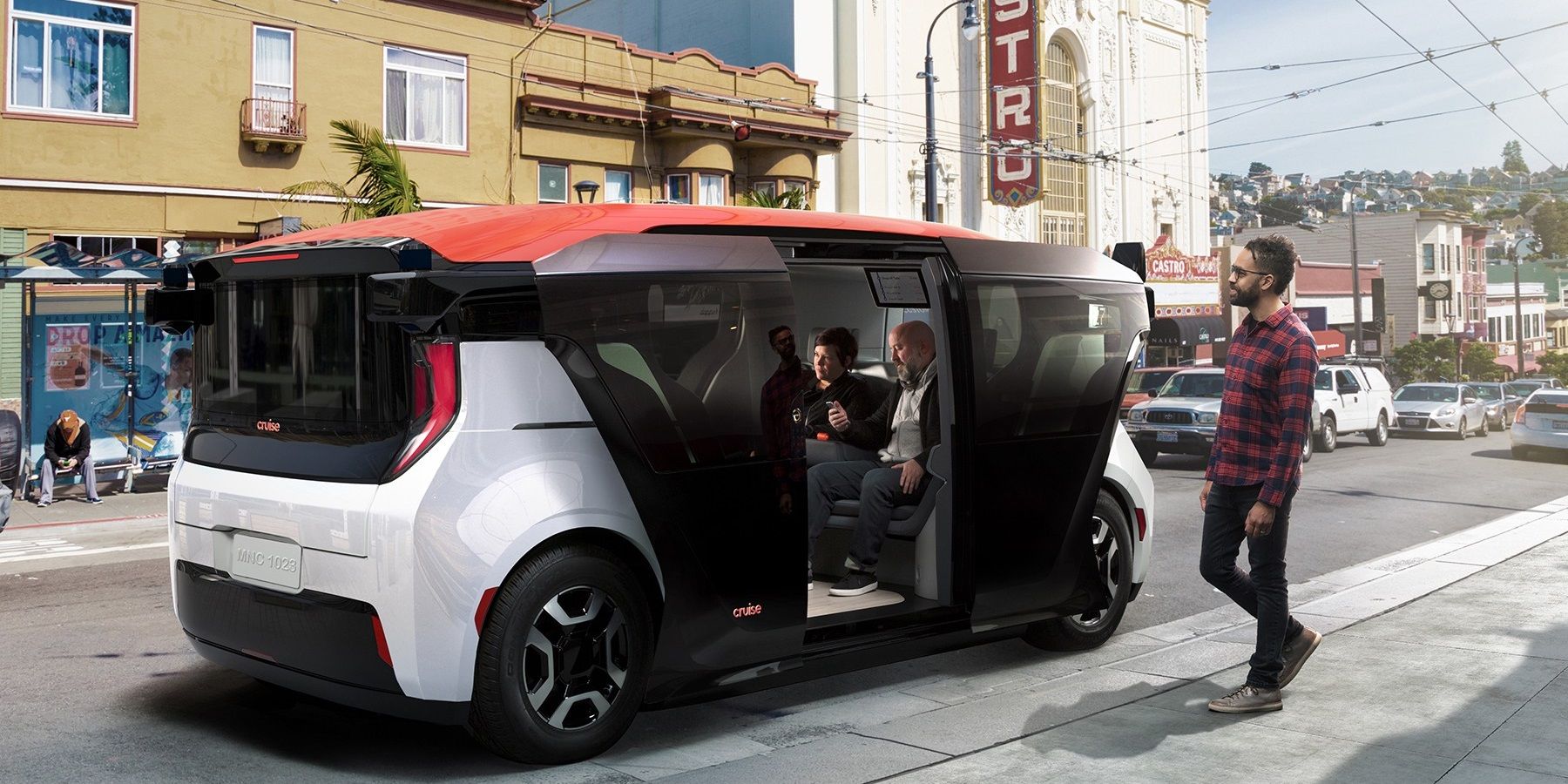With self-driving vehicles becoming more commonplace on public roads, would you trust your life to a robot taxi? This is not just an abstract question, but one many people will need to ask themselves in the near future. The robots are coming, and they are arriving in self-driving vehicles.
Technology has already massively shaped the auto industry. Not only are cars now much smarter than ever before, but even the traditional taxi sector has been revolutionized thanks to smartphones, apps, and ride sharing services like Uber and Lyft. However, this will all be considered minimal change compared to what the self-driving advancements could offer as they are removing everything that makes a car a car - including the driver. That could lead to a world where the next time you hail a ride, it will all be done by AI and automation.
If General Motors and its subsidiary, Cruise, have anything to do with it, you’ll be riding in a robot taxi soon than you think. This week, GM’s Cruise unveiled its all-new “Origin” and it comes without any of the usual trappings you would expect from a car. It doesn't even have a steering wheel, although that’s probably to be expected considering it doesn't have a driver, either. However, unlike the wealth of other autonomous vehicles that have been announced, GM is not looking at this as a replacement car that you can buy or have goods delivered to you in. Instead, the company has created Origin as if the traditional car had never existed in the first place. A motivation that means everything that defines a car as a car has been removed with a view to making it better, more efficient, greener, and safer.
Are Self-Driving Cars Safer?
The answer is probably. While it is often the case that any accident with a self-driving car makes the headlines, the number of accidents that don’t happen doesn't make the news. In this sense, autonomous vehicles are similar to passenger jets – you only hear about them when something goes wrong. In fact, aircraft are a good comparison tool here as while it seems intimidating that all the cars on the road might one day be driving themselves, passengers jets tend to do the same thing most of the time in the skies. A pilot might take off or land an aircraft manually, but otherwise the planes mostly fly themselves. What’s more, removing human error benefits public safety as people won’t have to worry about drunk driving, tiredness, or any other state of mind that could impair concentration and alertness. With Cruise’s Origin in particular, the ground-up development has specifically been undertaken with safety in mind. For example, Origin was even designed with doors that open sideways (instead of outwards like on a normal car) to make it safer for cyclists.
It is still the very early days for autonomous vehicles, and although it seems highly likely they will eventually hit a road near you, one of their biggest safety features is the caution the industry has taken. Those creating, testing and even regulating the tech are well aware of the issues surrounding driverless technology, and they have adopted a baby step approach to deployment. Yes, they are now starting to hit the roads in more locations (Origin is currently looking to expand its operational footprint in San Francisco), but that’s after years of development and monitoring. By the time you or anyone else steps into a robot taxi for the first time, you should be able to ride safely in the knowledge it has gone through years of development, testing and safety protocols - and will continue to throughout its existence. If none of that reassures you, then just think of all the money you’ll be saving with a self-driving taxi over owning a car, or having to pay Uber’s surge pricing.


